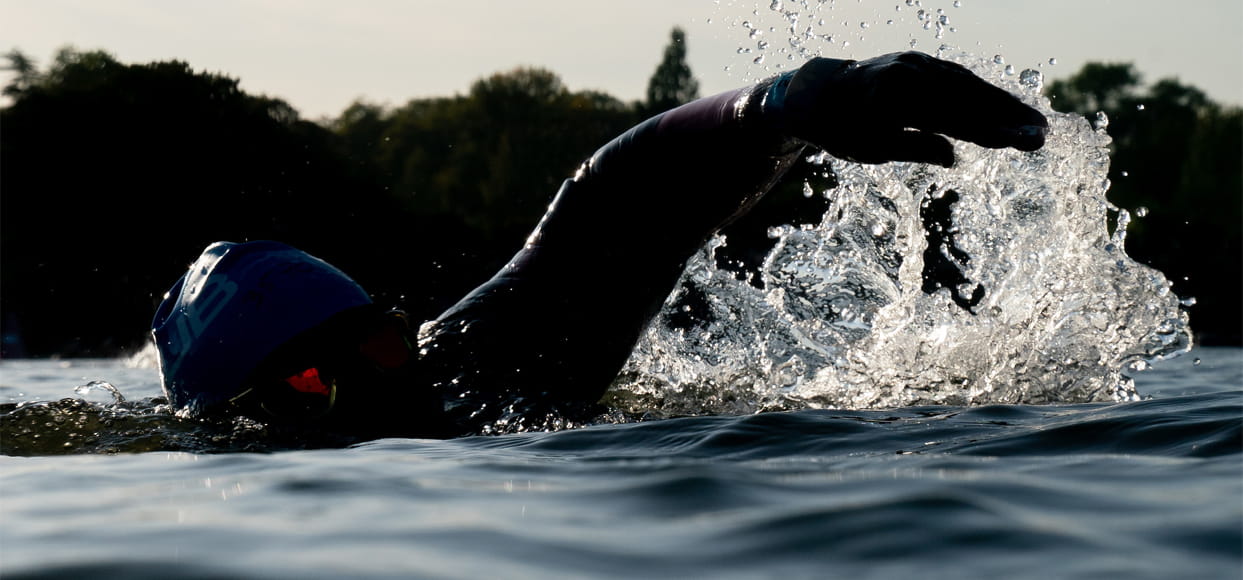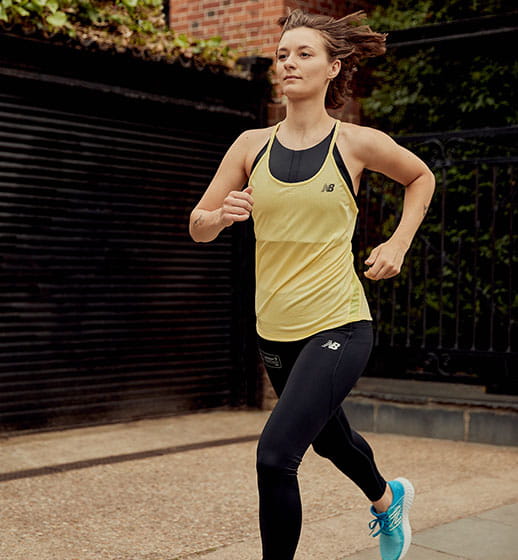Congratulations! You’ve completed a marathon. You’ll need to take things easy for a while (which probably seems appealing right now!) to help your body recover from your great achievement. Here are some tips to help things along.
Elevate your legs
Immediately after the race, raise your legs if you can – for example, find a tree and lie under it with your legs up against the trunk for 10 minutes. This will help reduce the build-up of fluid in your legs. This is particularly important for injury-prone runners.
Replenish your energy
Your body can only store a limited amount of energy in your muscles (around 600g of carbohydrate and a small amount of fat). During a marathon, your body will use up these stores, and then move on to your liver, fat cells, and the food and fluid you’ve consumed to get energy.
So, before and after the race it’s important to eat well and increase your carbohydrate intake. This will give you maximum energy stores before you begin and help replenish them afterwards.
Hydration plays an equally important part in your recovery. Drink before, during, and after the race – little and often to avoid the risk of over-hydrating.
Relax and sleep
Make sure you plan time for rest and relaxation after the event. Going straight back to work the next day will only slow your recovery.
Also try getting some extra sleep in the day during your recovery period. Naps of 20 to 40 minutes are recommended – any longer than this and you may find it harder to sleep at night.

